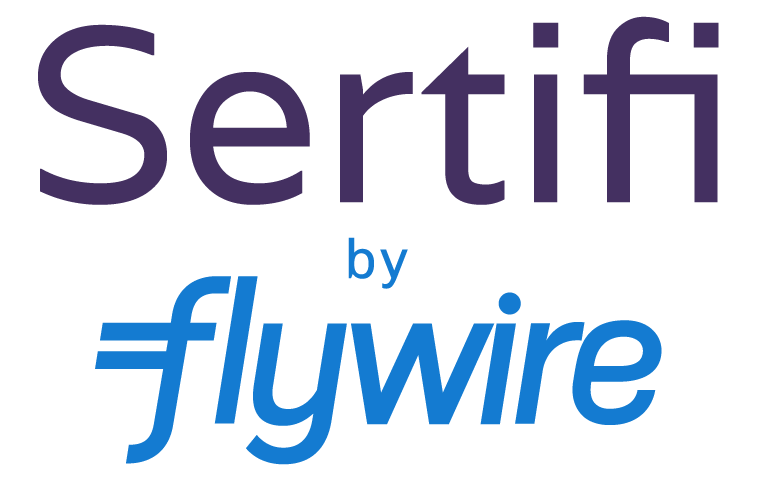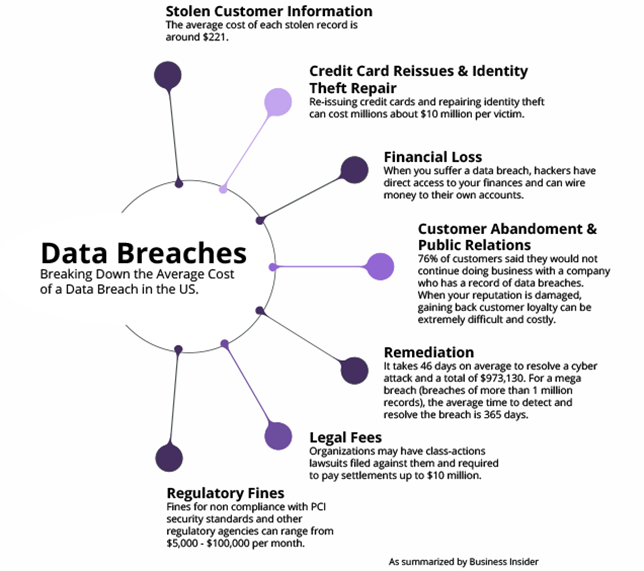If you haven’t already, work toward implementing EMV chip readers at your property. EMV (Europay, Mastercard, and Visa) is a global standard for cards equipped with computer chip technology, as well as the terminals used to authenticate chip card transactions.
EMV chip readers are better suited at preventing criminals from using “skimmers” to replicate cardholder data and create false credit cards. Skimmers can be installed easily over existing payment terminals and are used to collect information from the cards used in transactions. With advances in technology, many skimmers are now Bluetooth enabled and can transmit data without the need to physically extract the information from the device.
To combat this, anyone who works with physical card readers must be trained on what to look for and how to detect a skimmer that’s been installed over the terminal. Additionally, it’s easier to collect data from swipe cards than the more secure chip card, since the magnetic strip on swipe cards holds all the information for the cardholder, including the PAN, name, address, and CVV, and is easily stolen by criminals using a skimmer.
Beginning in 2015, there was a liability shift and merchants who haven’t switched to a chip cards are now liable for fraudulent card use. Previously, the issuing bank was liable.
The shift has had a huge impact (as reported by Visa):
- Counterfeit fraud has dropped by 76% for merchants who completed the chip upgrade.
- Over 2.9 million merchants now accept chip cards, representing 63% of US storefronts.
- In March 2018, 97% of card-present Visa transactions involved EMV cards
However, this doesn’t prevent card-not-present (CNP) fraud. In fact, there has been an increase in CNP because criminals are shifting away from physical transactions due to EMV terminals, and because online systems have no way to tell if it’s a stripe or chip card. To protect yourself against CNP fraud, implement
Merchants like the check-out process to be as seamless as possible, often prioritizing this over data security. This is especially true of the hospitality industry where the guest experience is the highest priority. Many choose not to perform many or any validations at check-out and will take the risk of fraud over the risk of losing a guest.



